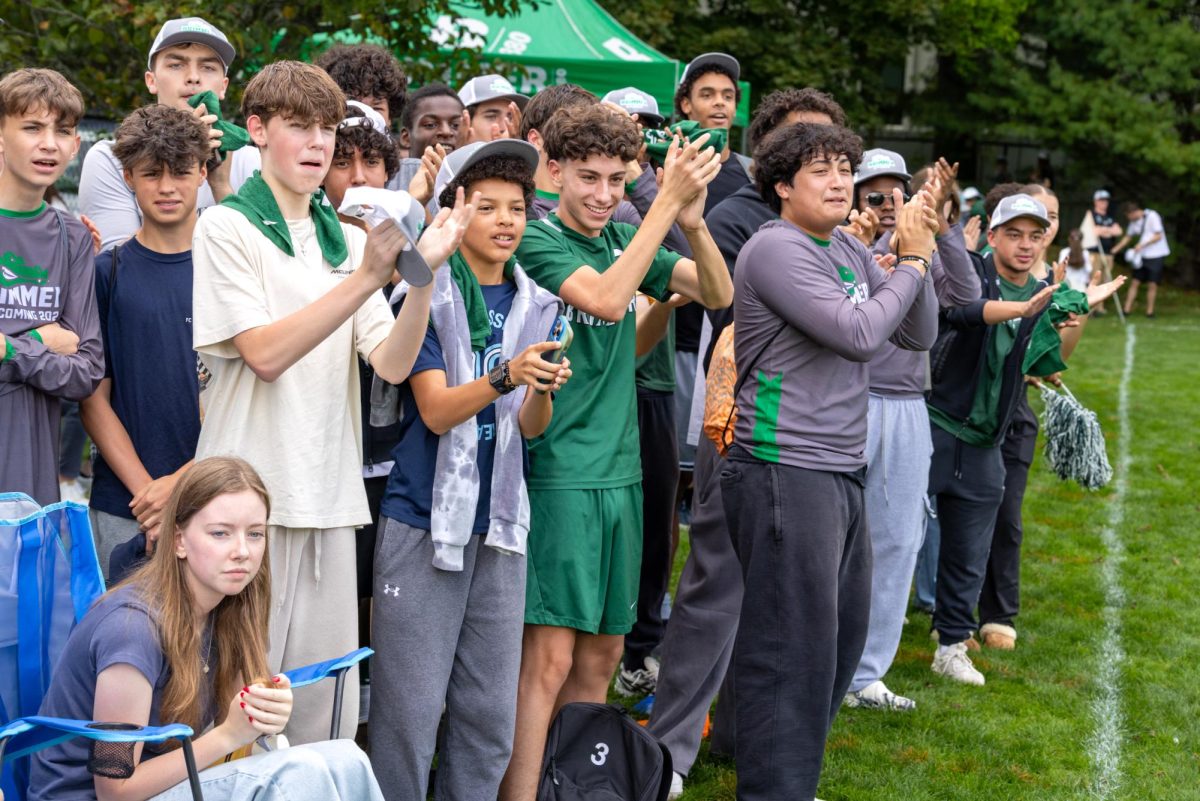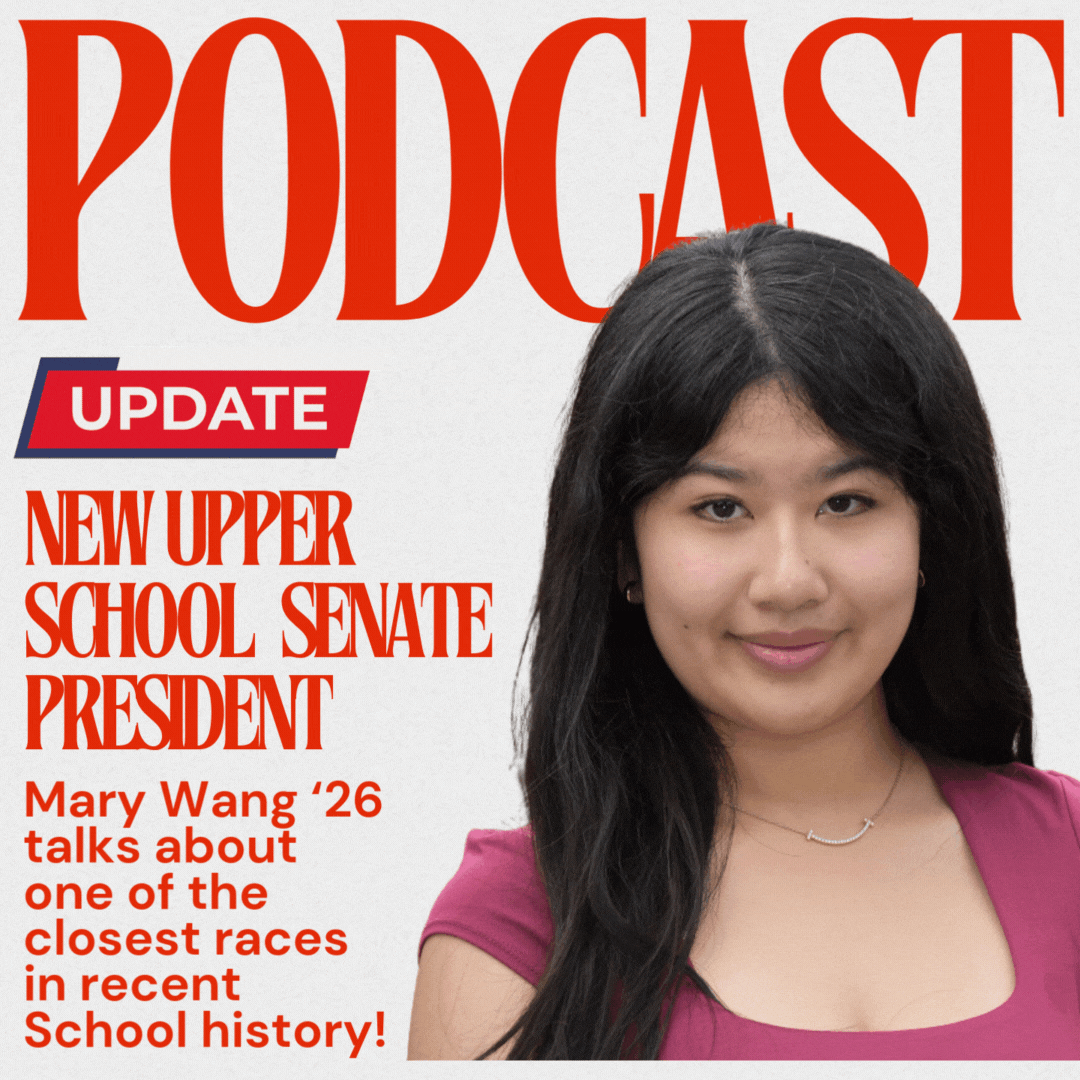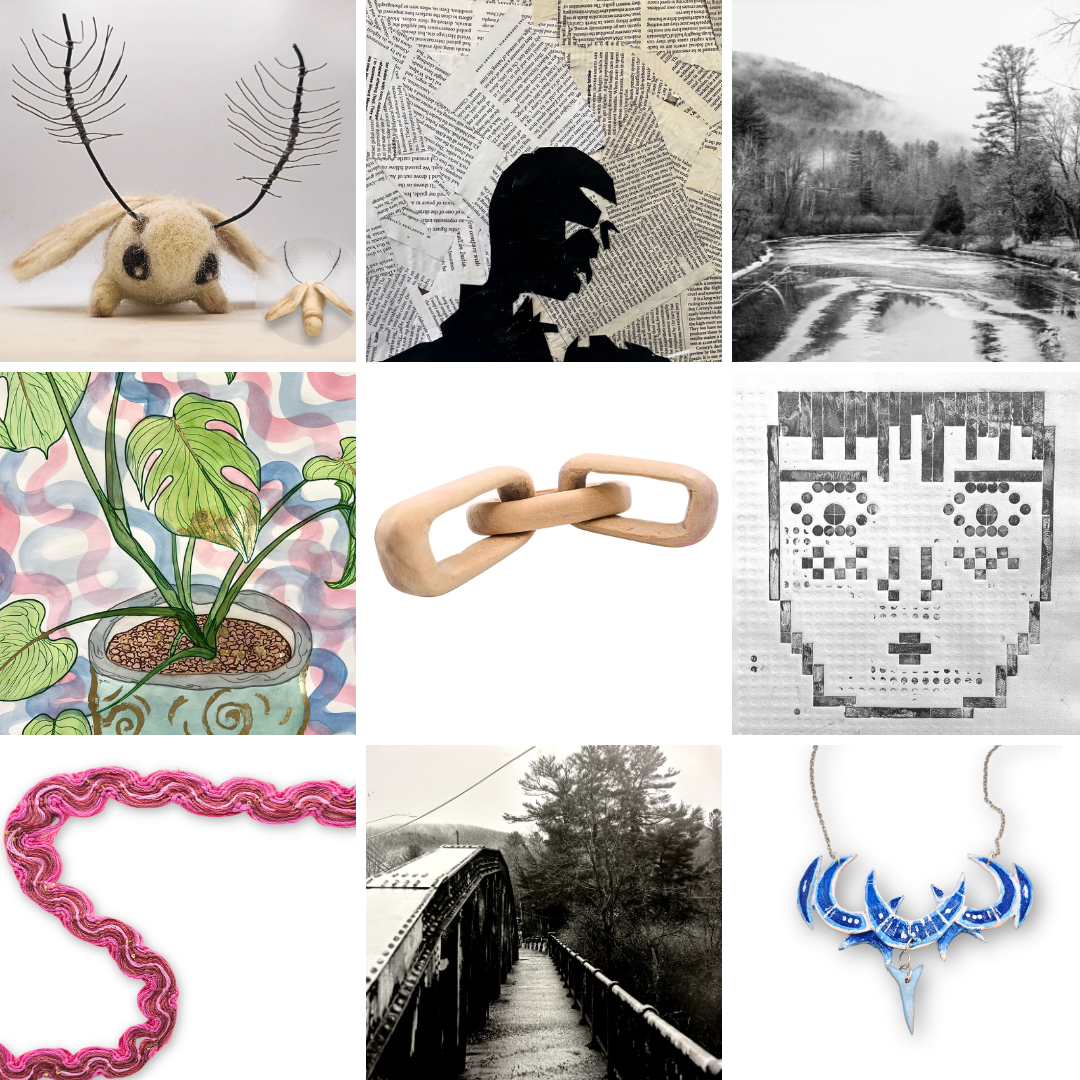Op-Ed: What to Know About Chinese New Year
Being born and raised in China, the Chinese Lunar New Year, also referred to as the Spring Festival, is always one of the best parts of the year for my family and I. Whenever people start pasting red decorations on the windows and the door, I know that the Lunar New Year is coming, and I will be able to see all my relatives. The red lanterns, TV shows, family dinner and firecrackers excite me every time.
The Chinese Lunar New year is coming up on January 22, but celebrations started days ago and families and friends are already getting ready to welcome the Year of the Rabbit.
I have always enjoyed Chinese calligraphy, and that skill comes in handy when writing and pasting spring couplets. The tradition of pasting spring couplets originated in ancient China, where people used the “peach-wood charm” to prevent bad luck in the new year. As time progressed to the Ming Dynasty, the peach wood charm evolved into what we now refer to as the spring couplets.
A typical set of spring couplets includes four of the following: the left and the right rolls, the horizontal batch and the “Fu” character placed in the center that represents good fortune and good luck. The left and the right rolls are usually seven- or five-character quatrains that symbolize people’s wishes for the new year. They can be famous quatrains or the ones that people compose themselves that are often very creative. These are pasted onto the front door, with the Fu in the center, the rolls on the left and right, and the batch on the top.
People also paste other elements related to the lunar new year on their windows and doors to wish for a lucky new year.
The 30th day of the Lunar Month, or New Year’s Eve, is the biggest day before the Lunar New Year. Each year, families gather together and visit relatives, where they all appreciate the past year and together hope for a great upcoming year. At noon, my parents and I arrive at my mother’s parents’ house, where my grandpa cooks fish placed in a fish-shaped plate, symbolizing harvest, and at night, we eat dinner together at my dad’s side. I often see relatives and close friends I haven’t been able to see for the past year and spend time together.
During the New Year’s Eve dinner, the entire family gathers to give their best wishes for the new year. There are usually chickens (symbolizing good health) and dumplings (symbolizing great wealth) on the dinner table for auspiciousness. For me, spending time with my grandparents is always the best part.
After dinner, people don’t go to sleep. To represent the folk custom of staying the night, the lights are not extinguished. Staying the night is called “lighting lamps to illuminate the year,” that is, lighting candles all over the New Year. It is said that after such lighting, the wealth of the family will be enriched in the coming year. During this time, we watch the annual Lunar New Year show by CCTV, where there are traditional performances intertwined with modern technology.
While some people are watching the Lunar New Year show, others go out and set off firecrackers. Setting off firecrackers is one of the traditional annual customs, lasting over 2000 years. People are used to setting off firecrackers to celebrate, and though I was always too afraid to set off them, I enjoy watching the firecrackers burn and conveying the happiness of welcoming the new year. In addition to this, many families also light up red lanterns for the Lunar New Year to ensure safety and luck.
Red packets are the part I look forward to the most. After the New Year’s Eve dinner, my elders distribute the lucky money prepared in red packets in advance to the younger generation. The amount varies, determined by the region you are in and your relationship with the elders. I usually receive 500-2000 CNY from my relatives, and I will keep them in my wallet after the celebrations. The lucky money means “blessing for the new year,” and it expresses the elders’ best wishes for the growth of the children.
Some traditions from New Year’s Eve happen or extend to New Year’s Day also, depending on the region in China.
New Year’s Greetings is a traditional Chinese folk custom for the Lunar New Year, and it is a way for people to bid farewell to the old year, welcome the new year, and express good wishes to each other. My parents taught me how to greet people in different ways, where females put their right palms over their left fists and kowtow to elders and swing to their other relatives and friends. I usually wish my grandparents and relatives a healthy body and a new year with great fortune.
I have always loved the Lunar New Year, not only because I get to eat great food like dumplings and flavorful chicken or being able to watch the Lunar New Year show and watch people set off firecrackers, but because I get to spend time with my family – making dumplings with my grandparents, lighting up lanterns with my dad, and greeting all my relatives. As I grew up and transitioned to different places for school, Lunar New Year has become such an important festival to me as we celebrate our traditions and experience the love of being together as a family.
Happy Lunar New Year! 新年好!
























































